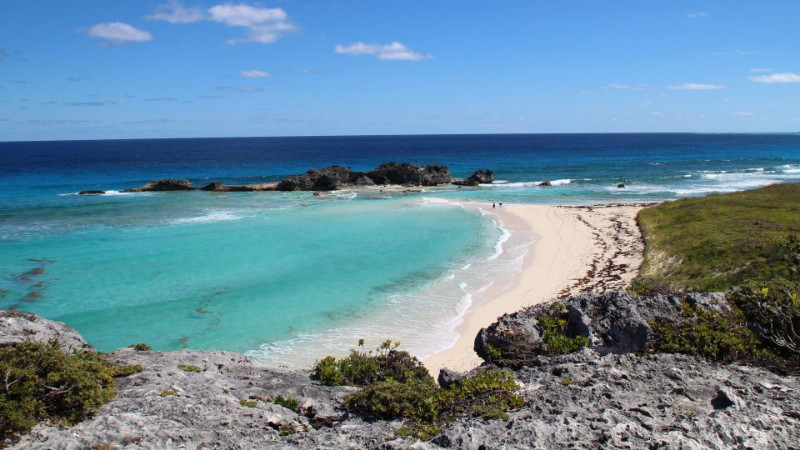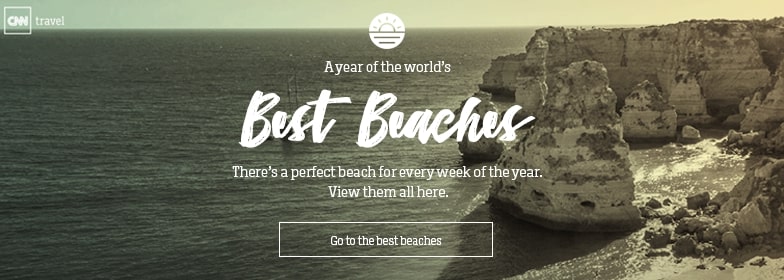Turks and Caicos Islands CNN — You won’t find butler service or a sunset concierge on North Caicos or Middle Caicos. What you will find is powdery sand, blissful quiet and just enough off-beach activity to interest the less languid day tripper.
These side-by-side islands are accessible via a 25-minute ferry ride from Providenciales, the Turks and Caicos Islands’ international gateway and tourism hub. Provo, as it’s known, is an easy direct flight from many US East Coast cities (less than two hours from Miami; just over three hours from New York).
Providenciales is home to its own array of beautiful beaches – including the spectacular and award-winning Grace Bay Beach – but North and Middle Caicos deliver a far more rustic Caribbean travel experience plus some of the Turks and Caicos’ most mesmerizing scenery.
The rugged, sparsely populated islands make an ideal day trip or overnight complement to a longer stay in the islands.
Regular ferry service ($55 round trip) runs from Walkin Marina in Leeward Provo to Sandy Point Marina in North Caicos. From there, a rental car or hired guide is essential to making the most of the causeway-linked islands. (Cars should be arranged in advance so that they’re at the marina when you arrive).
Helpful signs along the main road remind drivers to stay on the left in this British overseas territory, and cars are few and far between. A map and a sturdy vehicle are musts at these destinations; signage is easy to miss and most of the roads off the main thoroughfare are pitted gravel.
A coastal stunner
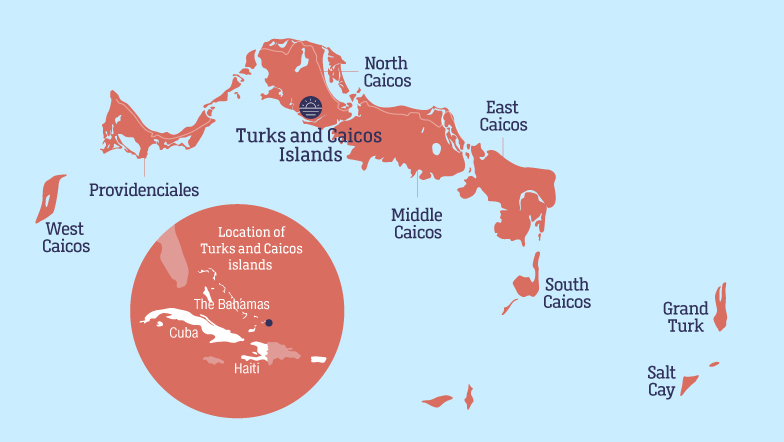
Fisherman, taxi driver, tour guide and Middle Caicos native Cardinal Arthur offers personalized island tours for travelers who’d rather let someone else do the navigating – on water or land.
Arthur, who’s about 70, traces his roots back five generations to slaves brought to the islands by Loyalists around the time of the American Revolutionary War.
He talks about the islands’ original inhabitants, the Taino Indians, the arrival of Columbus and European colonists, the establishment of Loyalist cotton and sisal plantations run by slave labor and the farming and fishing economy that followed the failed plantations on North and Middle Caicos.
Arthur will tailor tours to visitors’ interests and also organizes boating expeditions on the waters around the islands.
Outfitters including Big Blue Collective also offer tour options featuring activities such as kayaking, diving or stand-up paddleboarding.
Guided tour or not, Mudjin Harbor Beach is Middle Caicos’ don’t-miss stop.
A sun-toasted crescent punctuated by sea caves on one end and a dramatic offshore rock formation known as Dragon Cay on the other, Mudjin Harbor is arguably the archipelago’s most scenic spot.
Sea cliffs dotted with tangles of vivid vegetation offer sweeping sunrise and sunset views, and the Mudjin Bar & Grill at Dragon Cay Resort provides an unparalleled terrace from which to sip a beer or cocktail and take in the whole turquoise-and-emerald-green scene.
Mudjin Harbor is not far from the causeway that links Middle Caicos to North Caicos, so if your aim is to soak up the scenery from one spot, beelining your way across North Caicos from the marina, crossing the causeway and parking at Dragon Cay Resort is a winning strategy.
Farther down the road past Mudjin Harbor, Middle Caicos’ Bambarra Beach offers an often-deserted sandy paradise where the surf is calmer for swimming and trees along the shoreline shade picnic tables with daydreamy views.
Off the water

Wade’s Green Plantation gives visitors a look into the era of Loyalist plantations. | Marnie Hunter/CNN
Middle Caicos is also home to Conch Bar Caves, the largest non-submerged cave system in the Bahamas-Turks and Caicos island chain. The cave system is a national park and tours are offered for $20 per person, but if time is limited, a free look at the nearby Indian Cave is a better bet before heading back toward North Caicos.
North Caicos’ own pristine, rarely visited beaches, including Pumpkin Bluff and Three Marys Cays, are also well worth lounging upon. But for visitors who are curious about island history, Wade’s Green Plantation offers a window into the short-lived era of Loyalist plantations in Turks and Caicos.
Located in the North Caicos settlement of Kew, not far from the ferry dock on the island’s western side, the plantation was founded by Wade Stubbs in 1789 to grow cotton and sisal. Stubbs, a Loyalist, was awarded land by the British monarch after he lost his Florida property during the American Revolutionary War. He owned more than 300 slaves.
The plantation was only in operation for 30 years before a variety of issues including insects and soil degradation shut it down. Many Turks and Caicos Islanders have ties to the original plantation families.
Guided tours (call 649.243.6877 for access) involve a walk through several of the ruined limestone buildings, including the great house and the kitchen, as well as information about plants including sisal, guinea grass and moringa.
Moringa has been used for generations in bush medicine, long before there was a resident doctor in North or Middle Caicos.

Authentic teas in Turks and Caicos
Visitors to North Caicos might want to try the local Caicos Tea Company’s teas, including locally grown moringa mint tea and other herbal blends.
The company, founded by Donna Gardiner, produces artisan bush teas based on blends handed down for generations – including the popular Caicos Sunshine. The teas are also available in Provo gift shops and hotels.
Refreshments with a view
Exploring North and Middle Caicos

Mudjin Harbor: Mudjin Harbor Beach is arguably the Turks and Caicos Islands’ most scenic spot. The dramatic seascape is located on Middle Caicos, a delightfully undeveloped island accessible via ferry from Providenciales. | Marnie Hunter/CNN
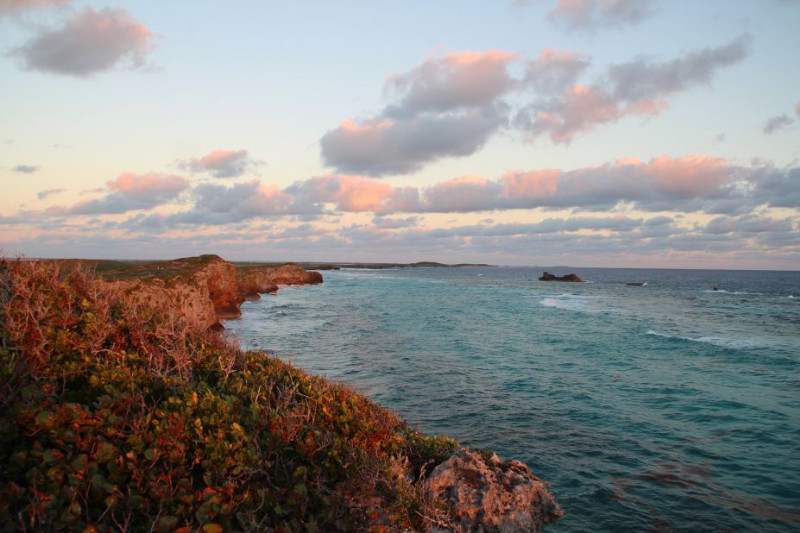
Middle Caicos: Spectacular views in both directions greet sightseers at the top of cliffs rising above Mudjin Harbor. There’s also a stone path leading to a staircase that descends through a sea cave to the beach below. | Marnie Hunter/CNN
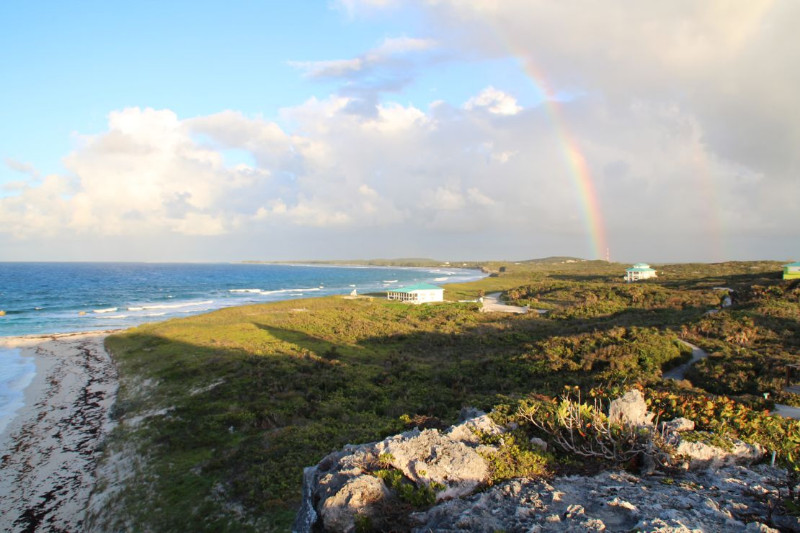
Big island: With an area of 48 square miles, Middle Caicos is the largest island in the Turks and Caicos chain, but it’s home to fewer than 300 people. | Marnie Hunter/CNN
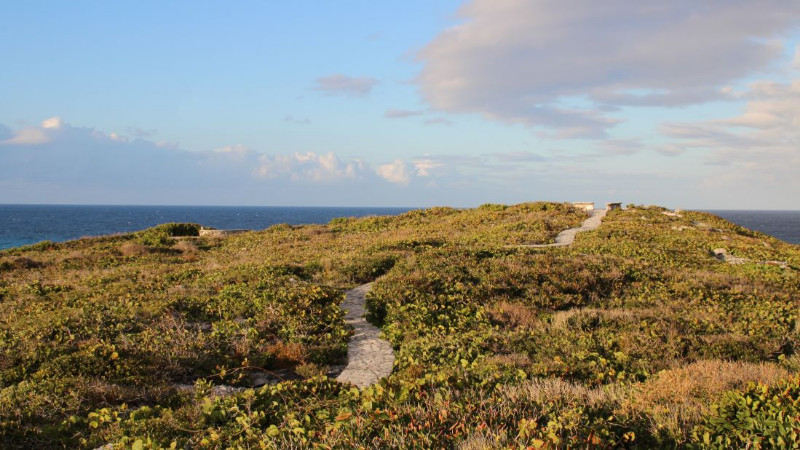
Dragon Cay Resort: Stone paths crisscross the cliffs above Mudjin Harbor connecting cottages at Dragon Cay Resort to clifftop viewing areas. The perches provide especially nice views of the sun rising over the water. | Marnie Hunter/CNN
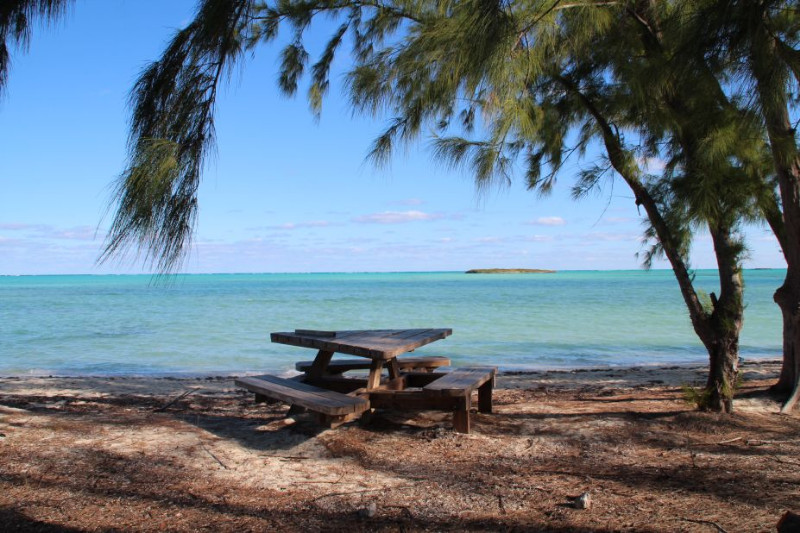
Bambarra Beach: Shallow water and calm surf make Middle Caicos’ Bambarra Beach ideal for swimming. In the bay, a tiny island, Pelican Cay, looks deceptively close. It’s actually about a half-mile off the coast. | Marnie Hunter/CNN
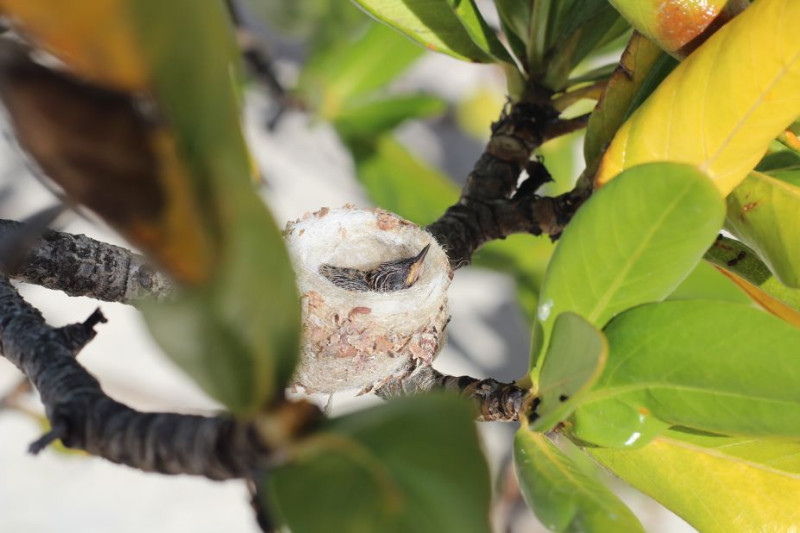
Baby bird: A tiny bird is tucked tightly in its nest in a tree next to the Barracuda Beach Bar in Whitby, North Caicos. | Marnie Hunter/CNN

Barracuda Beach Bar: The bar sits right on the beach with a serene water view, an ideal spot for partaking in a local Turk’s Head beer or cocktail. | Marnie Hunter/CNN
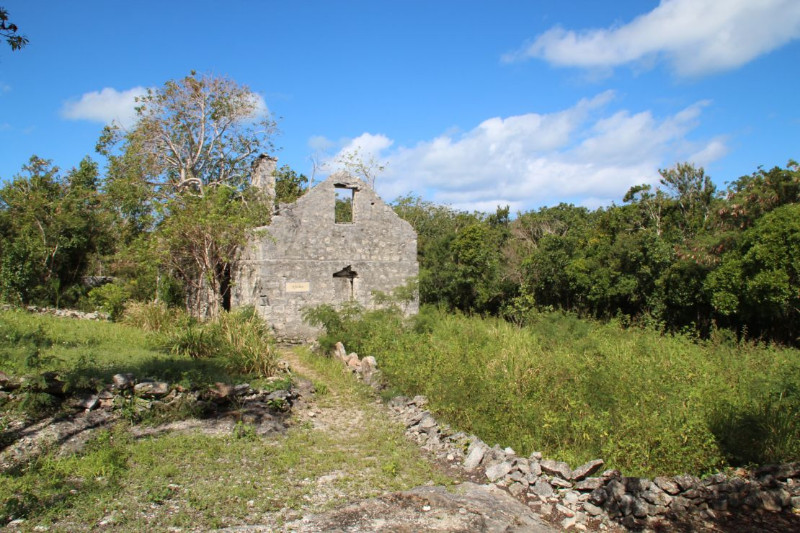
Wade’s Green Plantation: Founded by Wade Stubbs in 1789 to grow cotton and sisal, this North Caicos ruin is a prime example of the Loyalist plantations that were established on the islands around the time of the American Revolutionary War. | Marnie Hunter/CNN
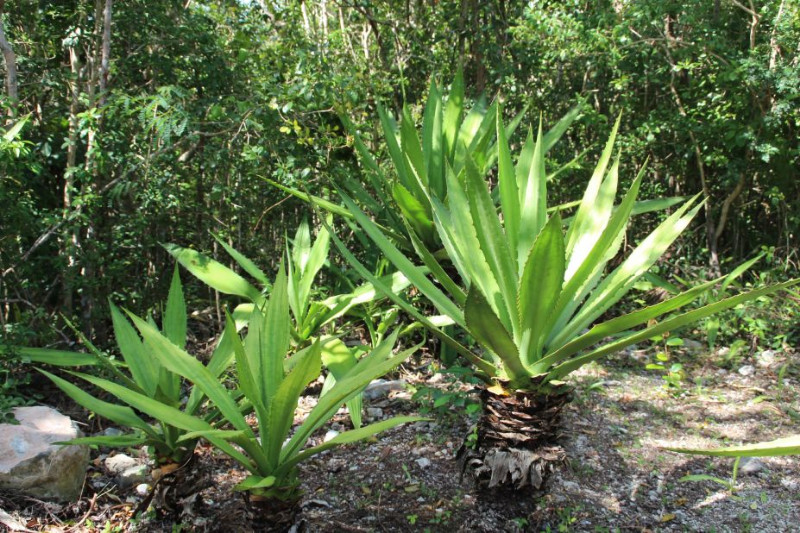
Sisal: Sisal was one of the crops cultivated on the plantation. Fiber from the plants was used to make rope. | Marnie Hunter/CNN
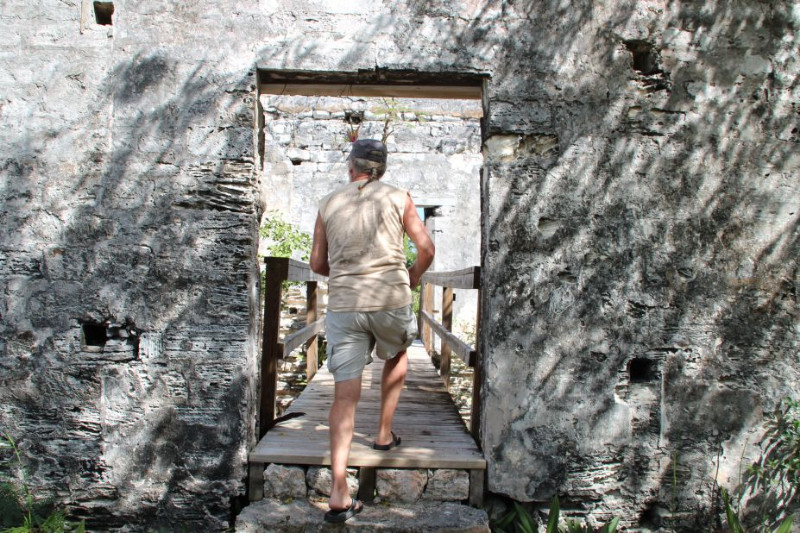
Great house: The plantation’s great house is among the limestone ruins that visitors see during guided tours of the site. | Marnie Hunter/CNN
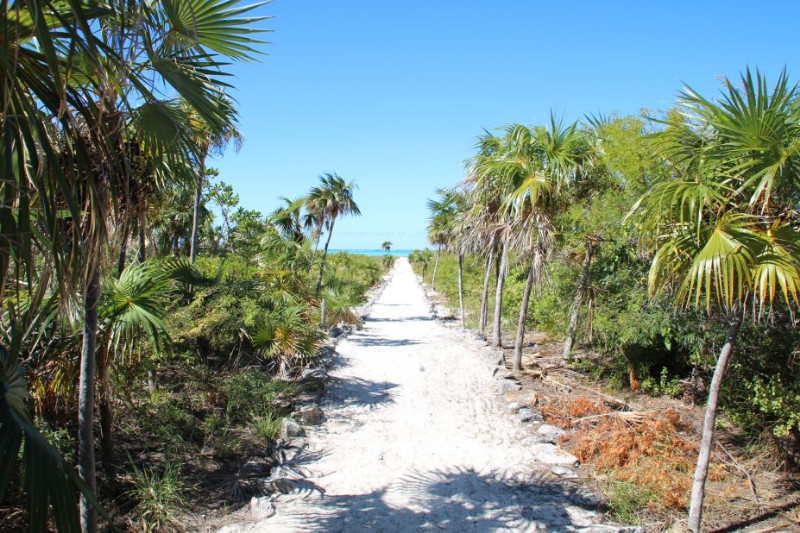
Pumpkin Bluff: North Caicos boasts its own pristine, rarely visited beaches. A map is essential for some of the harder-to-find spots. | Marnie Hunter/CNN
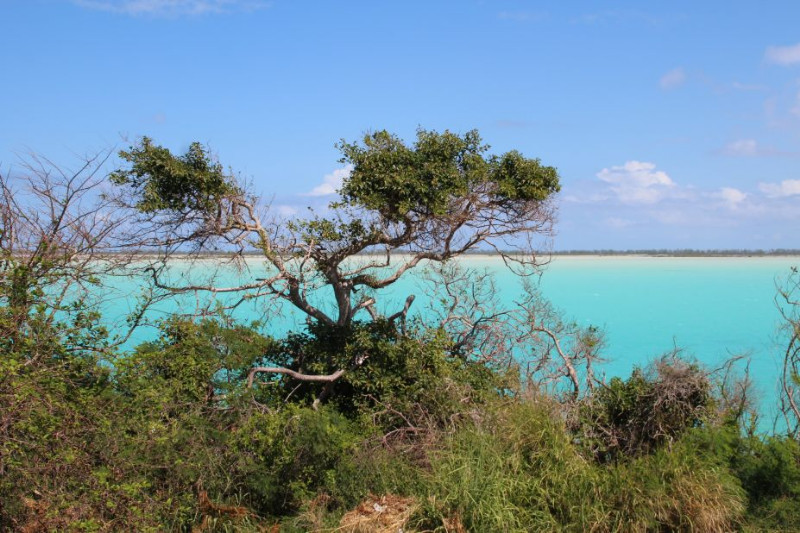
Bottle Creek Lagoon: The impossibly aqua Bottle Creek Lagoon is one of the more eye-catching spots in the Turks and Caicos. The lagoon is very shallow, ideal for kayaking and stand-up paddleboarding. | Marnie Hunter/CNN
Lodging
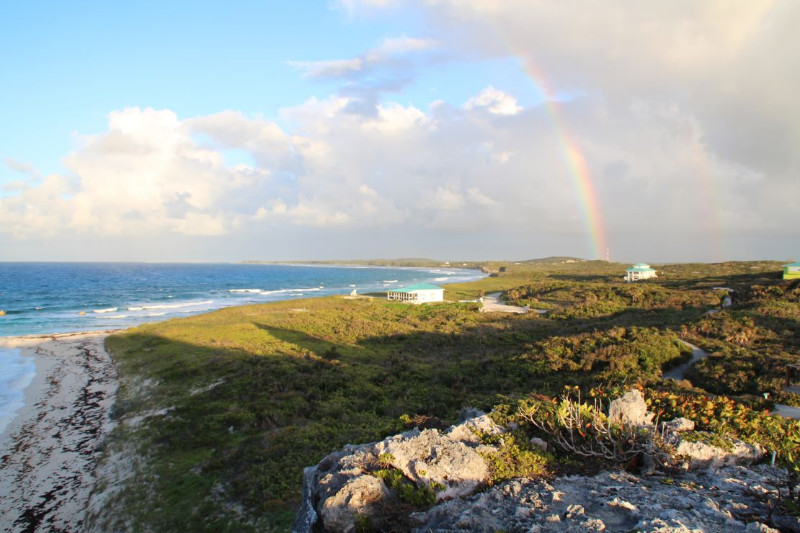
The cottages of Dragon Cay Resort are among the few buildings on the Middle Caicos coast. | Marnie Hunter/CNN
Dragon Cay features a handful of one- to three-bedroom cottages with sweeping views of Mudjin Harbor and amazing star-gazing potential. Two-night stays are generally required, with a significant upcharge for a single night.
The Pelican Beach Hotel on North Caicos offers no-frills rooms and suites with an on-site restaurant as well as the Barracuda Beach Bar.
The undeveloped coastline is what makes North and Middle Caicos so special. That means few hotels, stores or restaurants. You won’t find glitzy resorts – nor will you run into crowds of sunseekers.
Unspoiled beauty and simple relaxation are the real treasures here.
